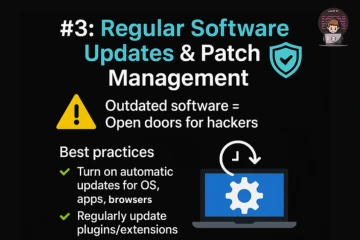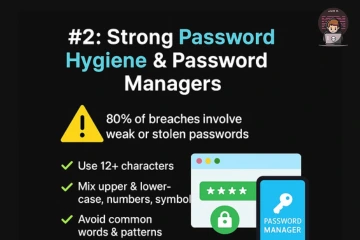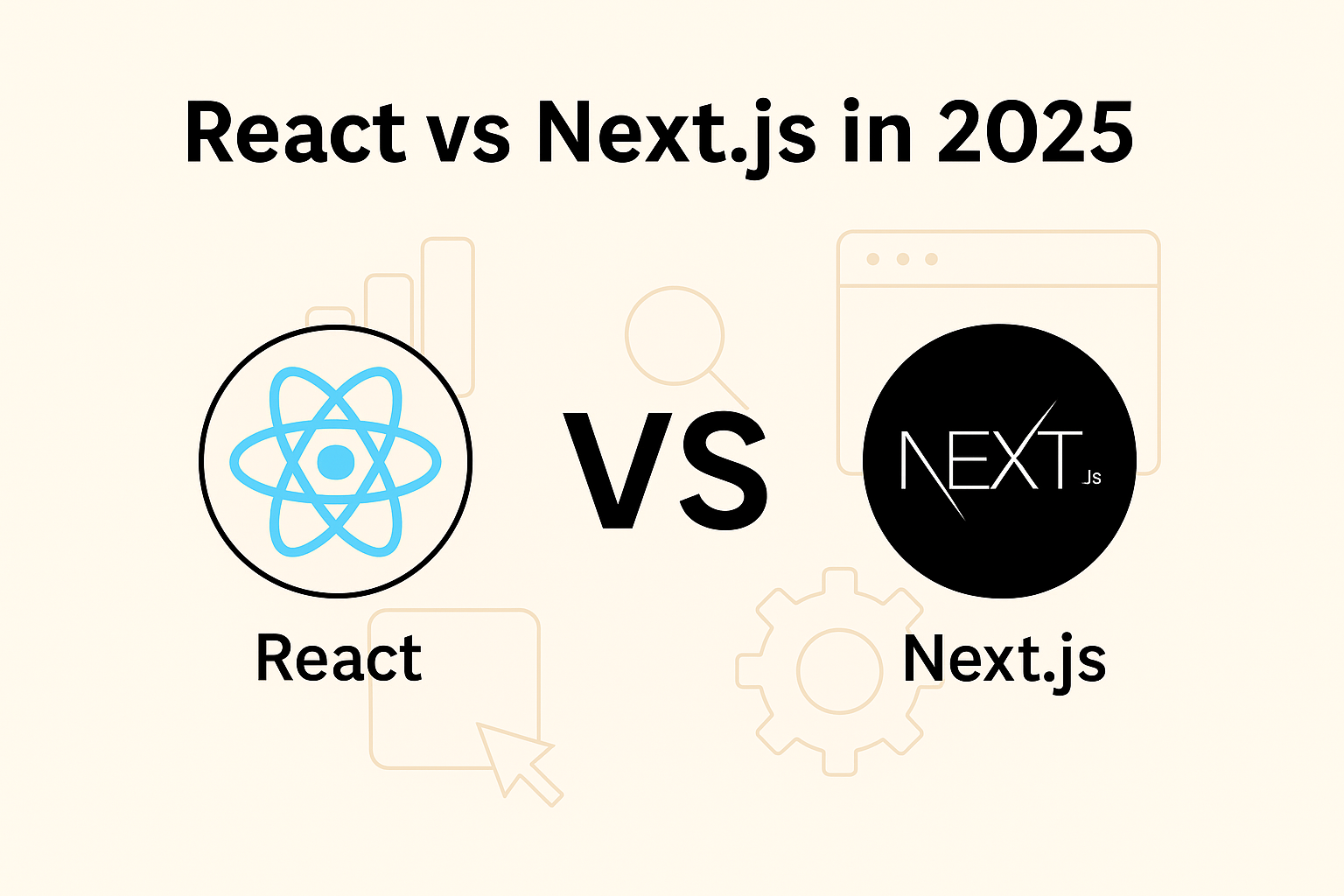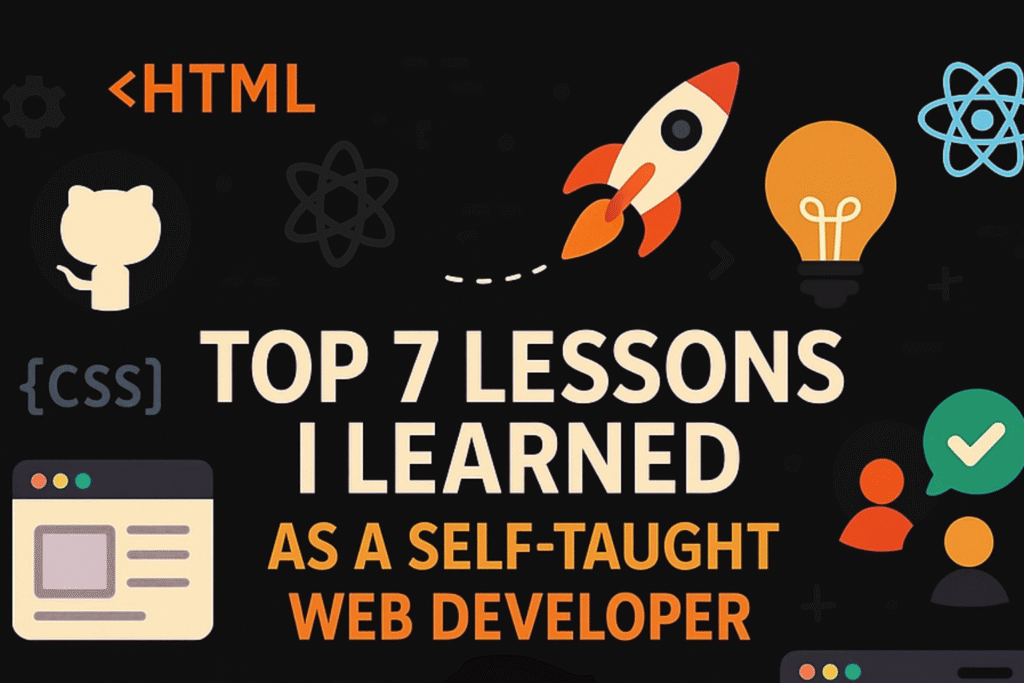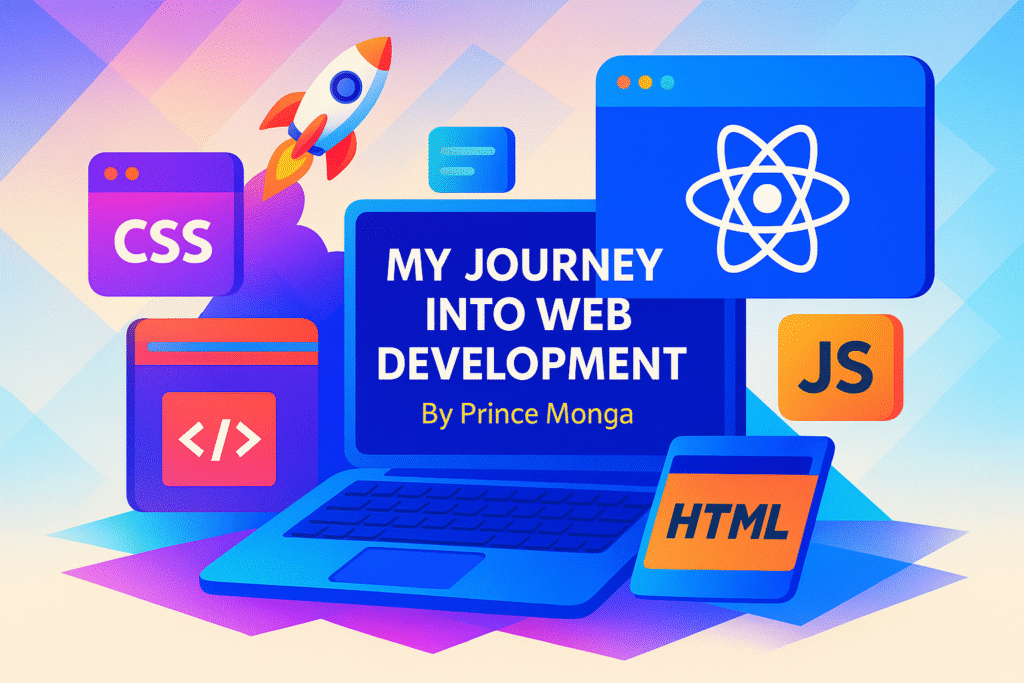Regular Software Updates & Patch Management: Your Shield Against Cyber Threats
In the digital era, cybercriminals constantly exploit outdated systems and unpatched software to gain unauthorized access. Ignoring software updates can leave your device wide open for hackers — allowing them to steal sensitive information or install malware silently. That’s why regular software updates and patch management are essential components of a strong cybersecurity defense. Keeping your systems updated is not just about performance — it’s about protection. What Is Software Patch Management? Patch management is the process of identifying, testing, and installing updates (“patches”) to fix security vulnerabilities in your software, applications, and operating systems. Every time developers release updates, they are closing security gaps that hackers could exploit. If you skip these updates, you’re essentially leaving the door open for cyberattacks. Why Regular Software Updates Matter in Cyber Security 1. Protects Against Exploits Hackers actively scan for outdated systems. Once a vulnerability is found, they exploit it to gain access. Regular updates patch those weaknesses before they can be misused. 2. Enhances System Stability & Performance Updates don’t just improve security — they also fix bugs and optimize system performance. This keeps your software running smoothly and efficiently. 3. Strengthens Compatibility New updates ensure your system remains compatible with the latest tools, plugins, and browsers, avoiding crashes or security conflicts.4. Reduces Risk of Malware & Ransomware Outdated software is a favorite target for ransomware attacks. Regular updates minimize this risk and protect your data. Best Practices for Effective Patch Management Turn On Automatic Updates Enable automatic updates for your operating system, applications, and browsers to ensure critical patches are installed without delay. Regularly Update Plugins & Extensions Cybercriminals often target outdated browser extensions and WordPress plugins. Regularly check and update them. Prioritize Critical Updates Install security updates immediately after release. These are the patches that fix high-risk vulnerabilities. Use Centralized Patch Management Tools For businesses or advanced users, tools like WSUS, ManageEngine Patch Manager, or SolarWinds help automate updates across multiple systems. Common Mistakes to Avoid ❌ Ignoring “Update Available” notifications❌ Postponing software restarts after updates❌ Using unsupported or old versions of software❌ Downloading updates from unverified sources How to Stay Consistent with Updates Conclusion Cybersecurity isn’t just about strong passwords or MFA — it’s also about keeping your systems up to date. Regular software updates and patch management act as your digital armor, protecting you from hackers, ransomware, and data theft. Don’t delay those updates — secure your system today and close the door on cyber threats!

